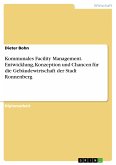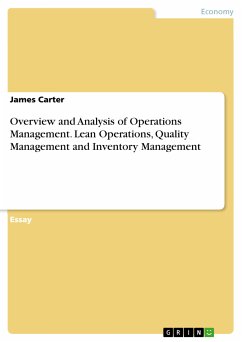Essay aus dem Jahr 2010 im Fachbereich BWL - Unternehmensführung, Management, Organisation, Note: 1.7, University of Newcastle, Veranstaltung: Managing the Organisation, Sprache: Deutsch, Abstract: Since there are organisations, the respective management has to decide how to divide its work, how to coordinate all work-related activities and how to control these activities to ensure that goals are achieved. Ever since these issues, people discussed the question whether there is an ideal structure for all organisations!? This essay will show various influences on such a choice and that it is not possible to define an ideal organisation structure. However, to answer this question, it is necessarily to define the words organisation structure, organisation design, and to consider the various factors that impact upon it. Therefore, an organisational structure is the formal framework by which job tasks are divided, grouped and coordinated (Robbins, 2004). These formal arrangements are closely related to an organisational design. By developing or changing an organisation’s structure, managers are engaged in organisational design. This process involves decisions about six key elements: work specialisation, departmentalization, chain of command, span of control, centralisation and decentralisation, and formalisation (Daft, 2004). Both organisational structure and organisational design are influenced by many factors, which led to a multitude of different structures. One of them is the bureaucratic model of organisations. Although its roots go back several centuries, it is most often associated with the work of Max Weber, a German sociologist. He was one of the few people who tried to describe an ideal approach to structuring organisations based on a rational set of guidelines and procedures (Weber, 1983). Furthermore, Weber drew attention to “the way in which more personal styles of administration, centered on the king were supplanted by rational/legal organisational structures” (Colebatch, 1993). Thus, the bureaucracy was meant to organise the work of many individuals and centralise orders without having direct contact to each person. Another common organisation is the matrix. It is created by overlaying product-based departmentalisation onto a functional structure. This type of organisation is used in the aerospace industry, where projects are technically complex. Hundreds of subcontractors, located throughout the whole world, are involved and therefore, organised by this matrix structure.
Bitte wählen Sie Ihr Anliegen aus.
Rechnungen
Retourenschein anfordern
Bestellstatus
Storno









